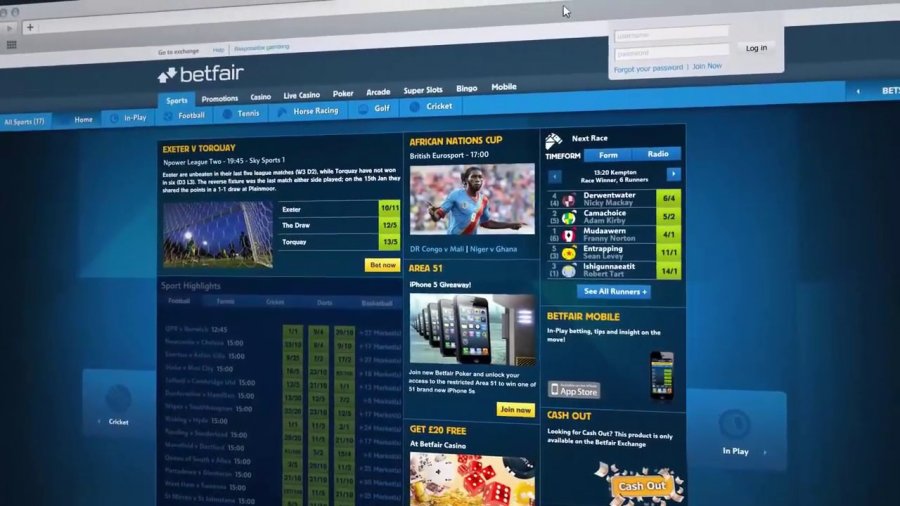
Overview
Draw betting strategies involve betting on sports matches, especially football, to end in a draw, where both teams have the same score. These strategies can range from simple pre-match bets to complex in-play trading, each with its own set of pros and cons. Given the uncertainty in the user's request, this review covers the general concept, aiming to provide clear insights for beginners and enthusiasts alike.
Survey Note: Comprehensive Analysis of Draw Betting Strategies
Draw betting strategies in sports, particularly football, represent a niche but potentially lucrative approach to wagering, focusing on matches that end with no clear winner—both teams sharing the same score. This survey note aims to provide a detailed examination of the concept, exploring various strategies, their mechanics, and the factors influencing their effectiveness, based on extensive research into online resources and statistical insights. Given the ambiguity in the request, this note assumes a general review of draw betting strategies, suitable for both novice and experienced bettors.
Definition and Context
A draw in sports betting, especially football, occurs when the match concludes with both teams having an equal number of goals, such as 0-0, 1-1, or 2-2. Bookmakers offer odds for three outcomes: home win, away win, and draw, with draw odds often higher due to lower betting volume, making them attractive for value-seeking bettors. The 2021/2022 season data highlights varying draw percentages across leagues, as shown in the table below, sourced from sport12x.com:
| Tournament | Draw % |
|---|---|
| EPL | 23.20% |
| League 2 | 27.30% |
| Champions League | 19.80% |
| Serie A | 25.80% |
| Serie B | 30.20% |
| Greece Super League | 25.30% |
| Bundesliga | 23.70% |
| Bundesliga 2 | 28.30% |
| Iran Azadegan League | 51.61% |
This variability underscores the importance of league-specific analysis in draw betting strategies.
Types of Draw Betting Strategies
Draw betting can be approached through several methods, each with distinct mechanics and risk profiles:
- Direct Betting on Draw:
- Description: Bettors place a pre-match bet on the draw outcome, expecting the match to end with equal scores.
- Mechanics: Simple to execute, requiring only a selection of matches perceived as likely to draw based on odds and intuition.
- Pros: Easy for beginners, with higher odds (e.g., real odds 2/1, bookies offer near 3/1) due to fewer bets, potentially profitable with multiple bets (e.g., win one of three at 3/1 odds for profit).
- Cons: Lower probability of success, as draws occur less frequently than wins or losses, requiring accurate prediction.
- Example: Betting on a Serie B match with 30.2% draw likelihood, where odds are favorable, could yield higher returns if successful.
- System Bets:
- Description: Involves betting on multiple draws using system bets, such as the 2 out of 5 system, where you select five matches and bet on all doubles, needing only two correct for profit.
- Mechanics: Requires selecting matches with high draw potential, often using accumulators or system bets, effective with odds over 23/10.
- Pros: Spreads risk across multiple bets, increasing chances of profit even if not all predictions are correct.
- Cons: Higher initial investment due to multiple bets, and complexity in managing combinations.
- Example: Betting on five EPL matches with 23.2% draw rate, using a system bet, could be profitable if two end in draws, given favorable odds.
- Lay the Draw (LTD):
- Description: An in-play trading strategy on betting exchanges like Betfair, where you lay the draw (bet against a draw) before the match, then back it at higher odds after a goal to lock in profit.
- Mechanics: Involves four steps: lay bet pre-match, wait for a goal, back at higher odds for profit, and green up for even profit across outcomes. Selection criteria include strong home favorites, with stats like home team scoring 1.5+ goals per game and away team conceding 1.25+ goals per game. Exit strategies vary, from exiting after the first goal for beginners to holding for a second goal for experienced traders, with draw odds typically between 3.2 and 5.0.
- Pros: Potential for profit regardless of final outcome if managed well, leveraging odds changes post-goals (e.g., English Premier League has 23% draws, 75% do not, offering trading opportunities).
- Cons: Complex for beginners, requires quick decisions during play, and risk of losses if match ends in draw without favorable odds movement.
- Example: Laying the draw at 4.0 odds, exiting after a home goal at 2.0 odds, could yield profit, but if underdog scores first, may require strategic exit to avoid losses.
- Statistical Models:
- Description: Uses mathematical models like Poisson distribution to predict draw likelihood, analyzing team stats, goal expectancies, and historical data.
- Mechanics: Calculate league average goal expectancy, adjust for attack/defense strength, sum probabilities of drawing scores (0-0, 1-1, etc.). Normal distribution based on averages and standard deviation also shows result consistency.
- Pros: Data-driven, can identify value bets where odds exceed calculated probability, offering a scientific approach.
- Cons: Requires access to reliable data and analytical skills, not foolproof due to football’s unpredictability.
- Example: Using Poisson, if a match has 25% draw probability but odds suggest 30%, it’s a value bet, potentially profitable over time.
Factors Influencing Draw Betting
Several factors can enhance the effectiveness of draw betting strategies, as outlined in various resources:
- League and Team Analysis: Leagues like Iran Azadegan League (51.61% draws) or Serie B (30.2%) have higher draw rates, making them prime targets. Teams evenly matched, especially in derbies, increase draw likelihood, with historical data showing 50% chance if draws were common.
- Motivation and Context: Teams may settle for draws late in the season, especially for title challenges or relegation avoidance, with motivation affecting competitiveness. For instance, teams in mid-table may play defensively against stronger opponents, increasing draw chances.
- Playing Style and Form: Defensive teams or those counter-attacking are more likely to draw, while injuries to key players can reduce a team’s winning potential, tilting toward draws. Playing conditions, like weather or fan presence, also play a role, accessible during livestreaming.
- Odds and Value: Bettors should seek matches where draw odds are overpriced, such as bookies offering 3/1 when real odds are 2/1, exploiting value bets for long-term profit. Promotions like bet365’s “Bore Draw” (refunding stakes on 0-0, ~8% of top five European league matches) can mitigate losses.
Pros and Cons
- Pros:
- Higher odds for draws can lead to significant profits, especially with value bets.
- Strategies like LTD offer flexibility during matches, adapting to real-time events.
- Statistical models provide a scientific basis, potentially identifying undervalued opportunities.
- System bets spread risk, increasing chances of partial success.
- Cons:
- Draws are less frequent, making predictions challenging and requiring patience.
- In-play trading like LTD is complex, risky for beginners, and demands quick decisions.
- System bets require larger stakes, increasing financial exposure.
- Statistical models need reliable data and expertise, with no guarantee of accuracy due to football’s unpredictability.
- Psychological tricks by bookies and increasing team competitiveness reduce draw frequency, adding difficulty.
Practical Tips and Best Practices
For bettors considering draw strategies, the following tips are recommended:
- Research and Data: Use football stats websites like Soccerstats or Soccerway for team form, goal stats, and head-to-head records. Combine with league draw percentages for informed decisions.
- Discipline and Patience: Draws are rare, so avoid chasing losses, and set strict exit strategies, especially for LTD (e.g., exit at draw odds 2.0 if no goals by 70 minutes).
- Bankroll Management: Start with low stakes, risking 1% of the bank for beginners, up to 5% for experienced traders on qualifying trades, calculated by stop loss (e.g., lay £200 at 4.0, max loss £200).
- Livestreaming Advantage: For LTD, enter after 20-30 minutes if 0-0, using goals alert services like Whoscored or Futbol24, leveraging real-time factors like red cards leading to defensive play.
- Avoid Common Pitfalls: Steer clear of derby games, cup matches, or wet weather games, as they may increase draw likelihood, complicating predictions. Record trades (e.g., daily folders with screenshots, notes) for analysis and optimization.
Conclusion
Draw betting strategies offer a viable alternative for football betting, with potential for higher returns due to favorable odds, especially in leagues with high draw rates. However, they require discipline, patience, and a deep understanding of the sport, with no guaranteed success given the inherent unpredictability. Whether through direct betting, system bets, in-play trading like LTD, or statistical models, bettors must tailor their approach to their expertise and risk tolerance. This comprehensive analysis, based on current research as of February 25, 2025, highlights the complexity and opportunities within draw betting, encouraging informed and strategic wagering.







